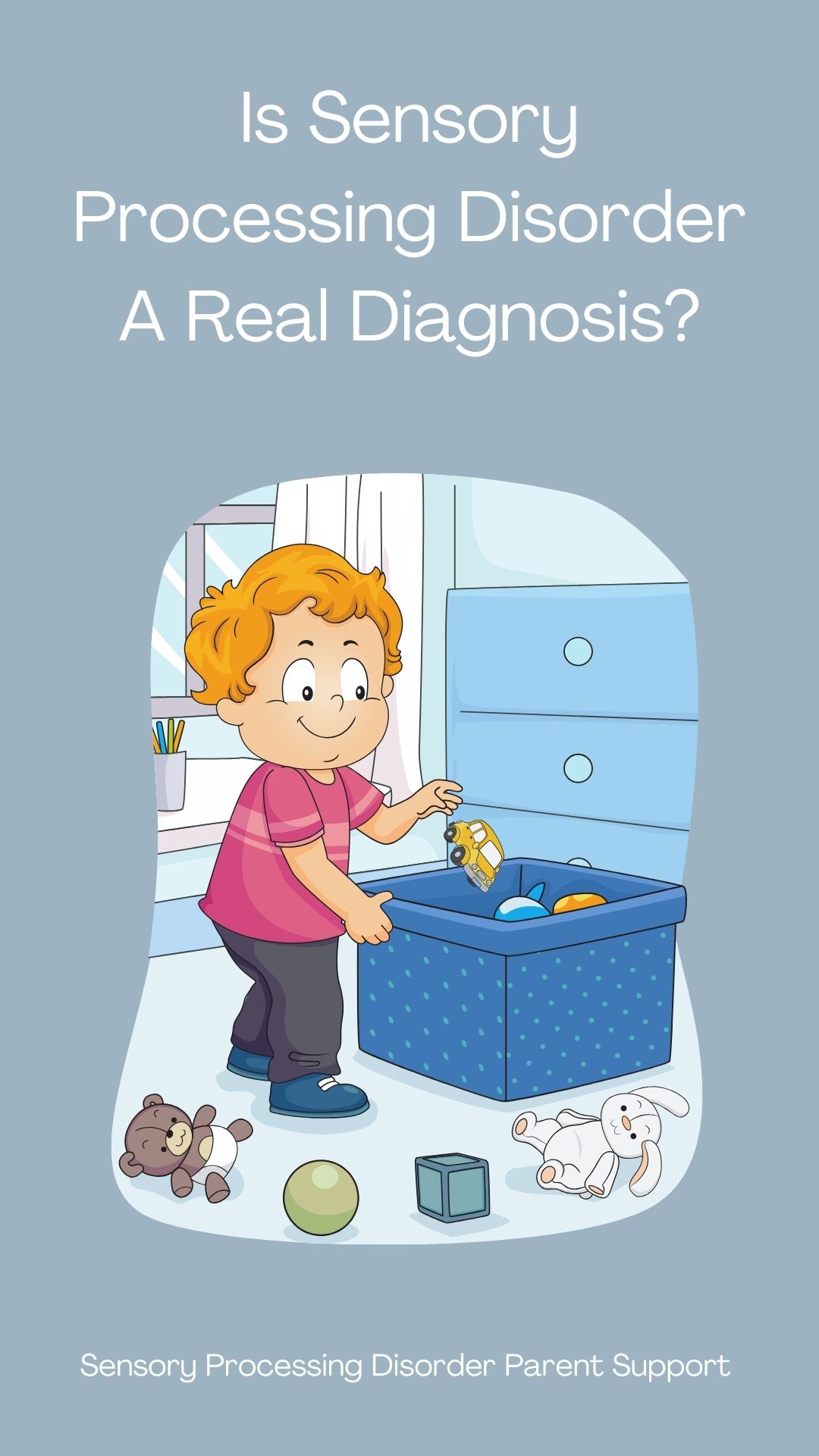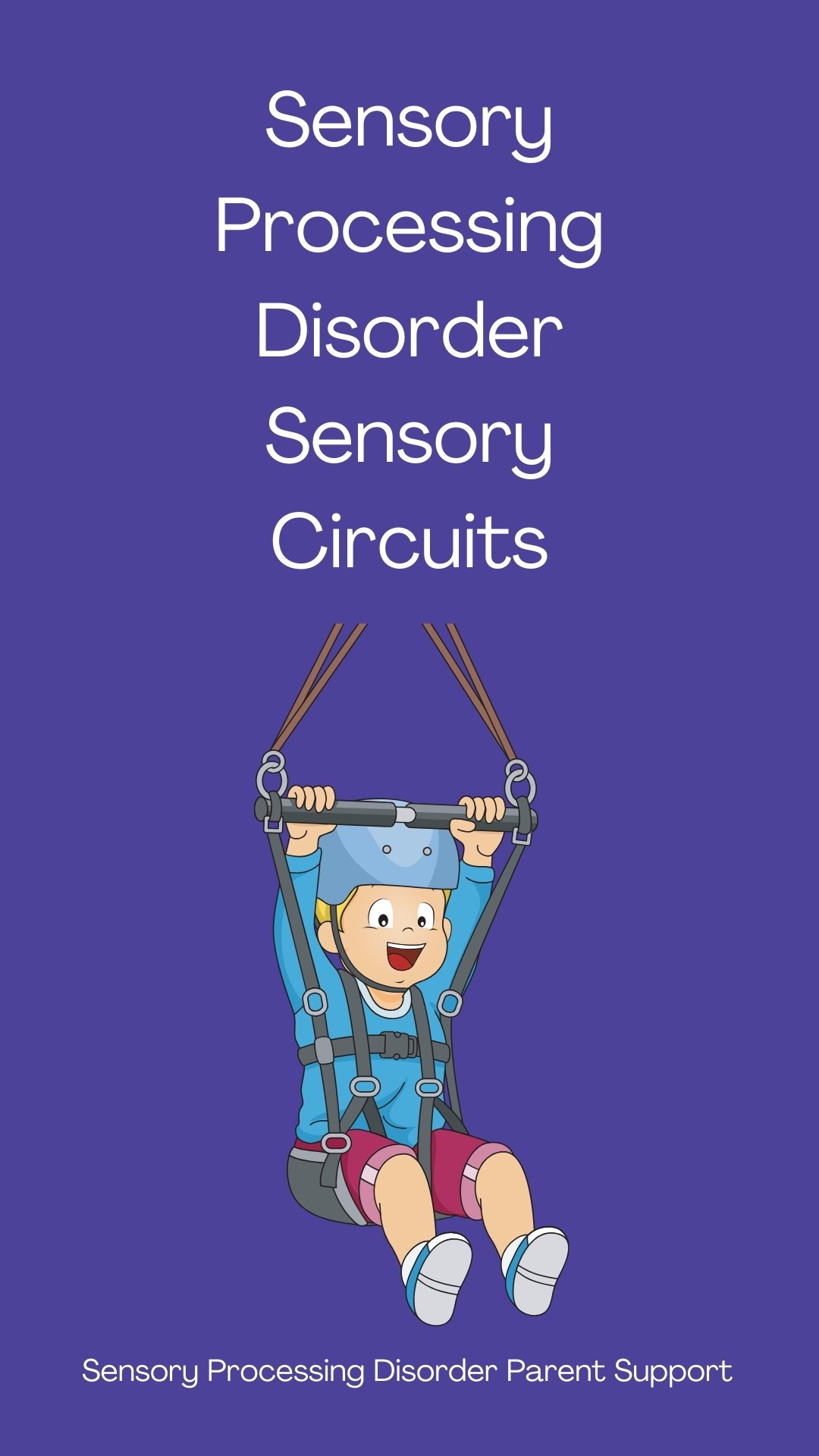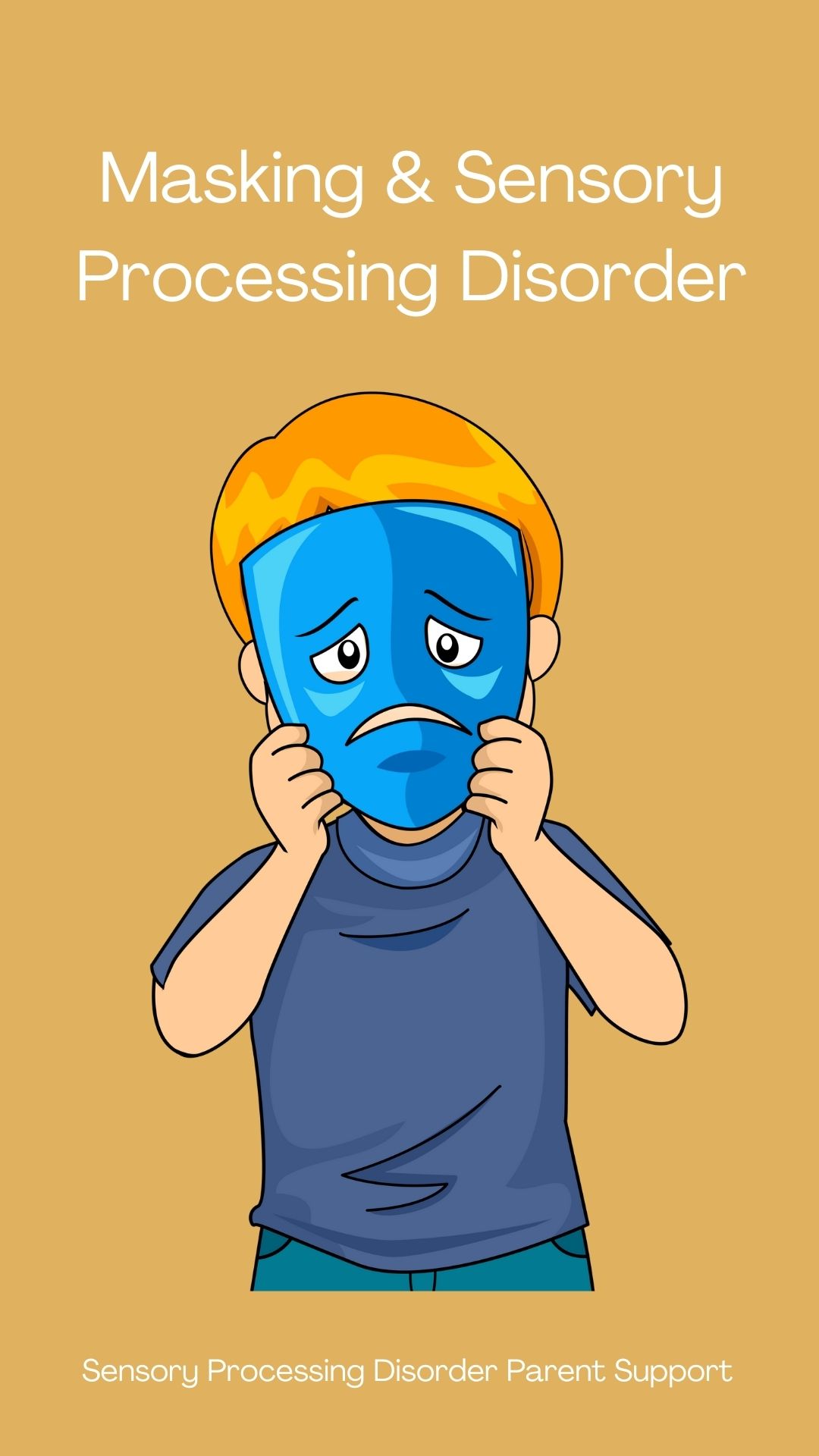
Sensory Processing Disorder Parent Support
Sensory Processing Disorder Dental Care For Kids
Children with sensory differences ... painting the world beautiful.
Sensory Processing Disorder Dental Care For Kids
Jeanette Loftus
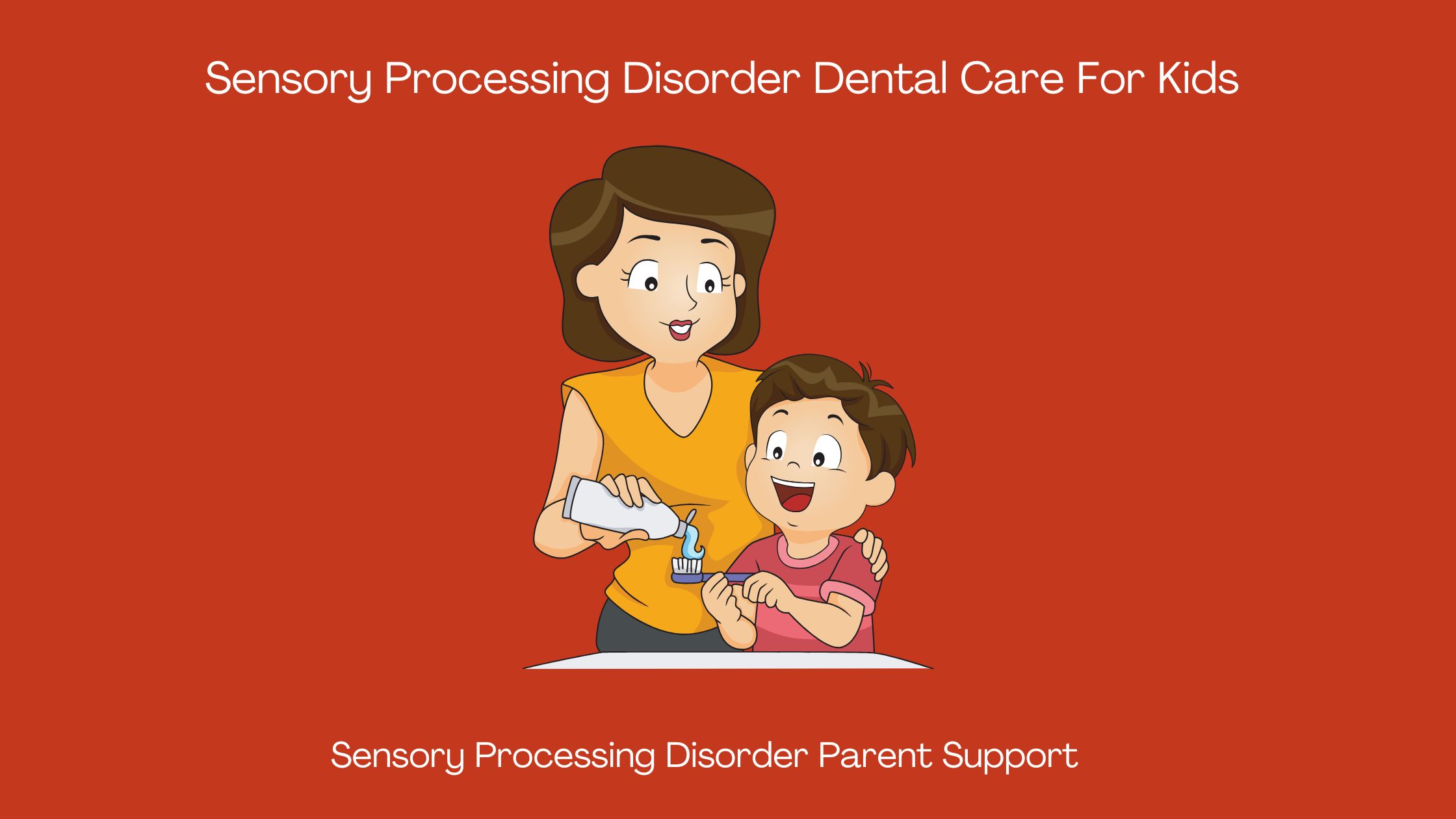
Are your children struggling to brush their teeth? I wanted to write about some ideas to assist you to get your child to brush their teeth. Brushing teeth can be difficult for children with sensory differences because it make us feel unpleasant sensations for a child who may be hypersensitive or hyposensitive.
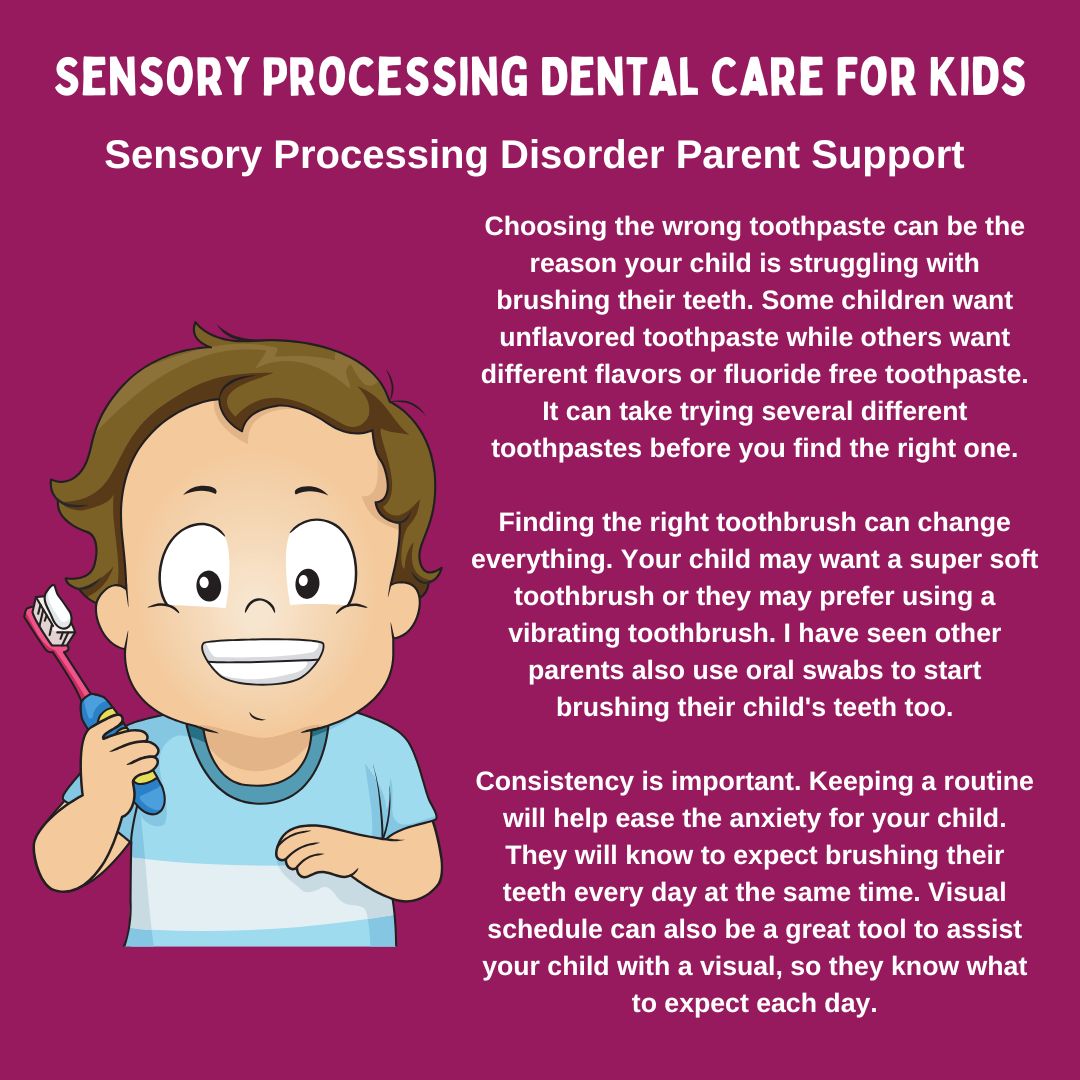
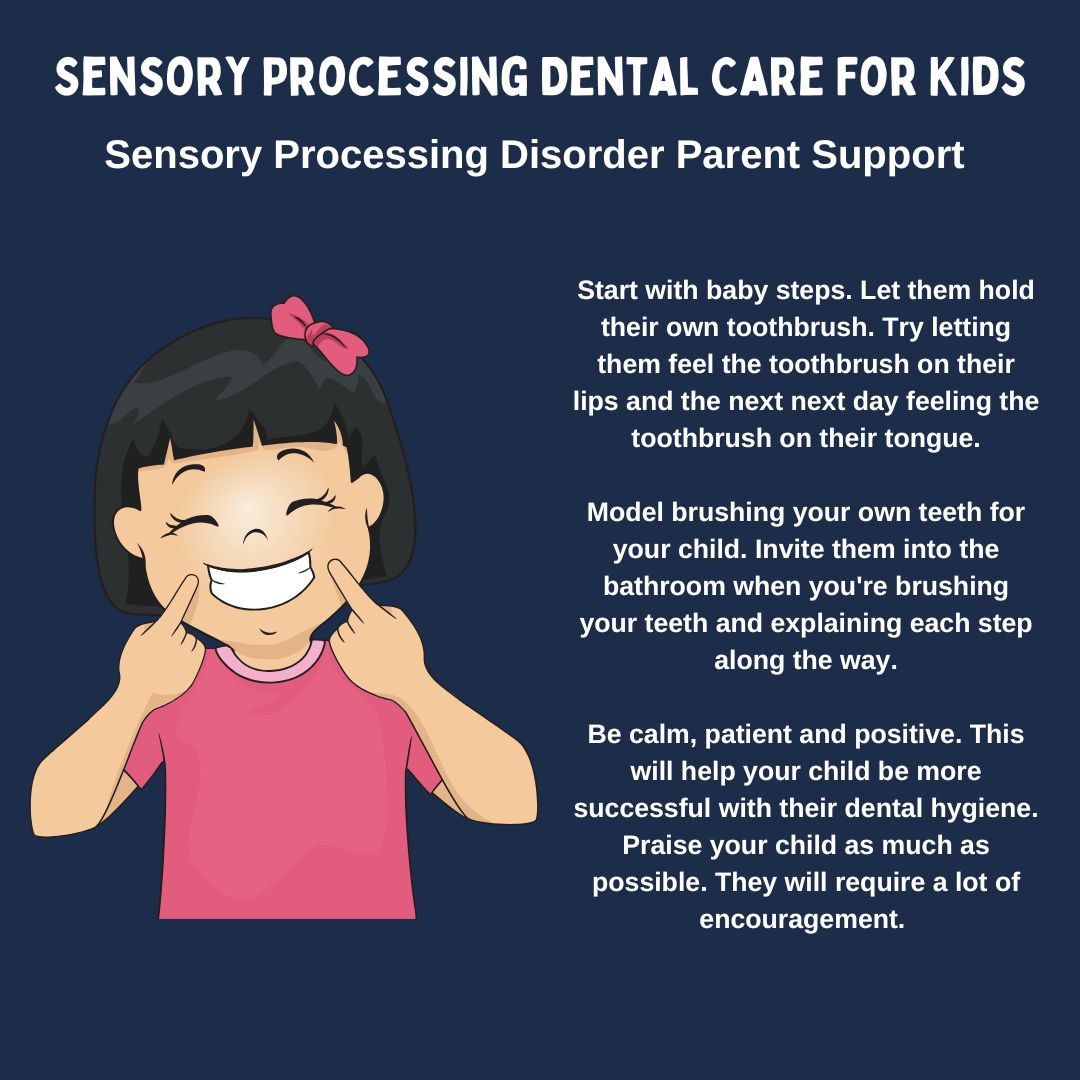
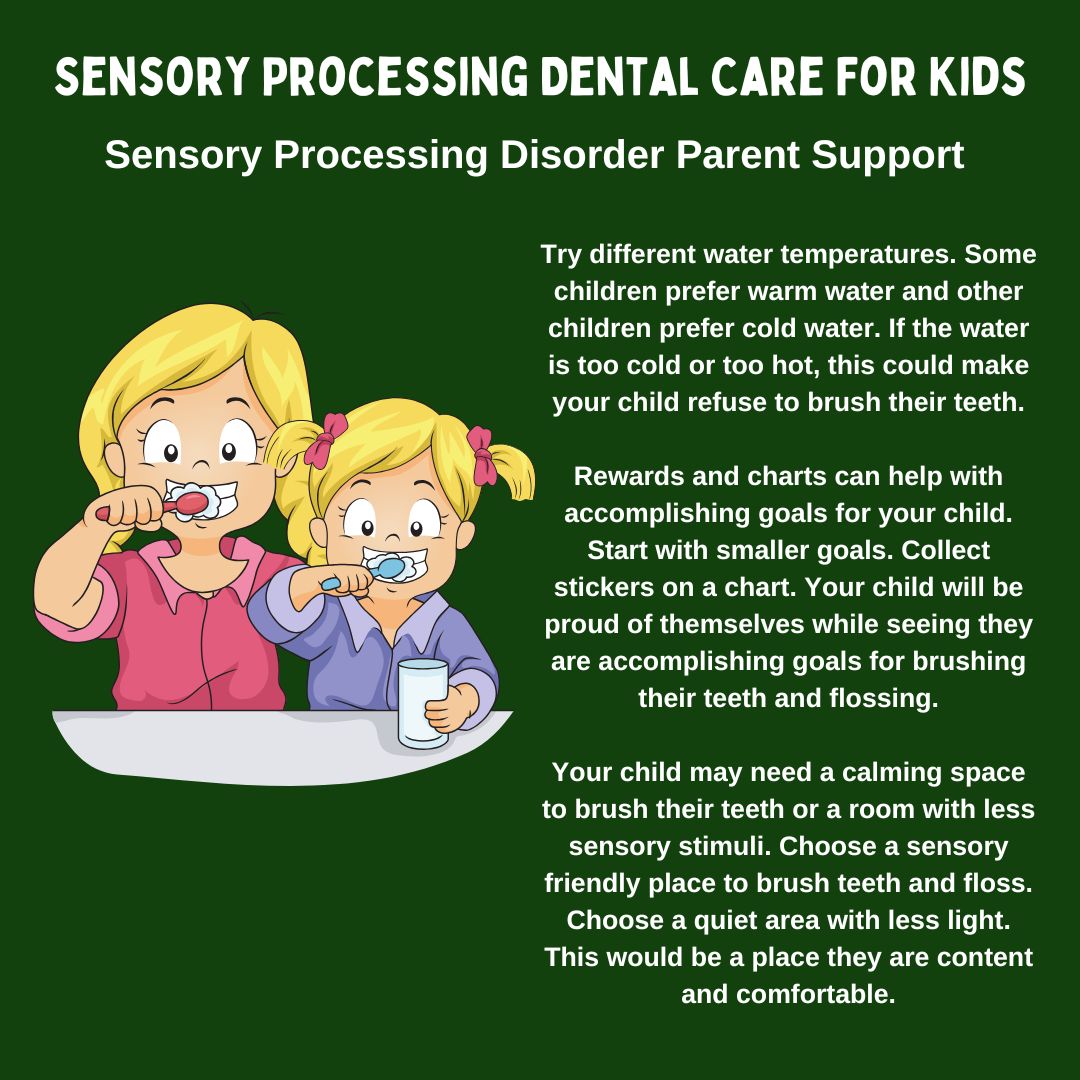
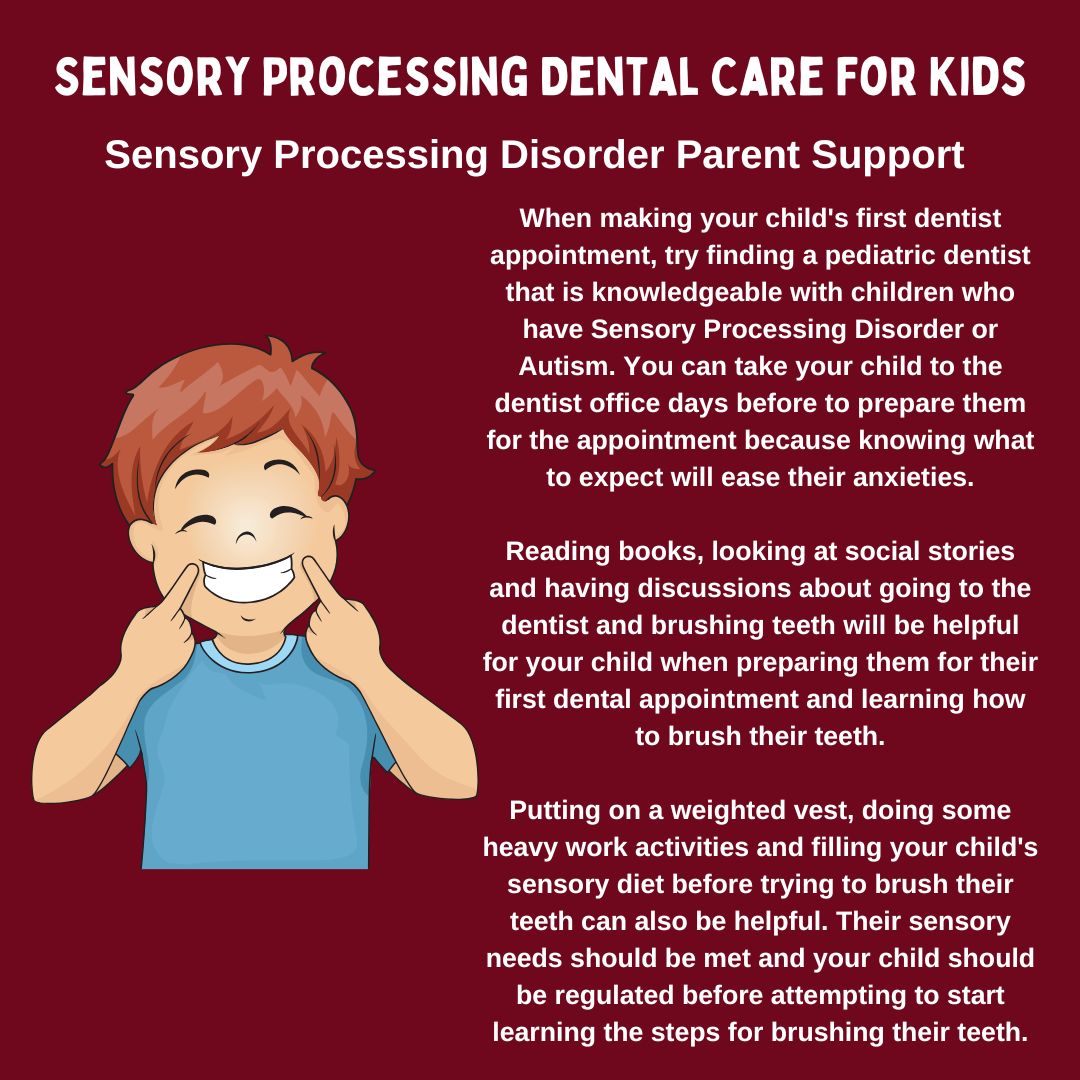
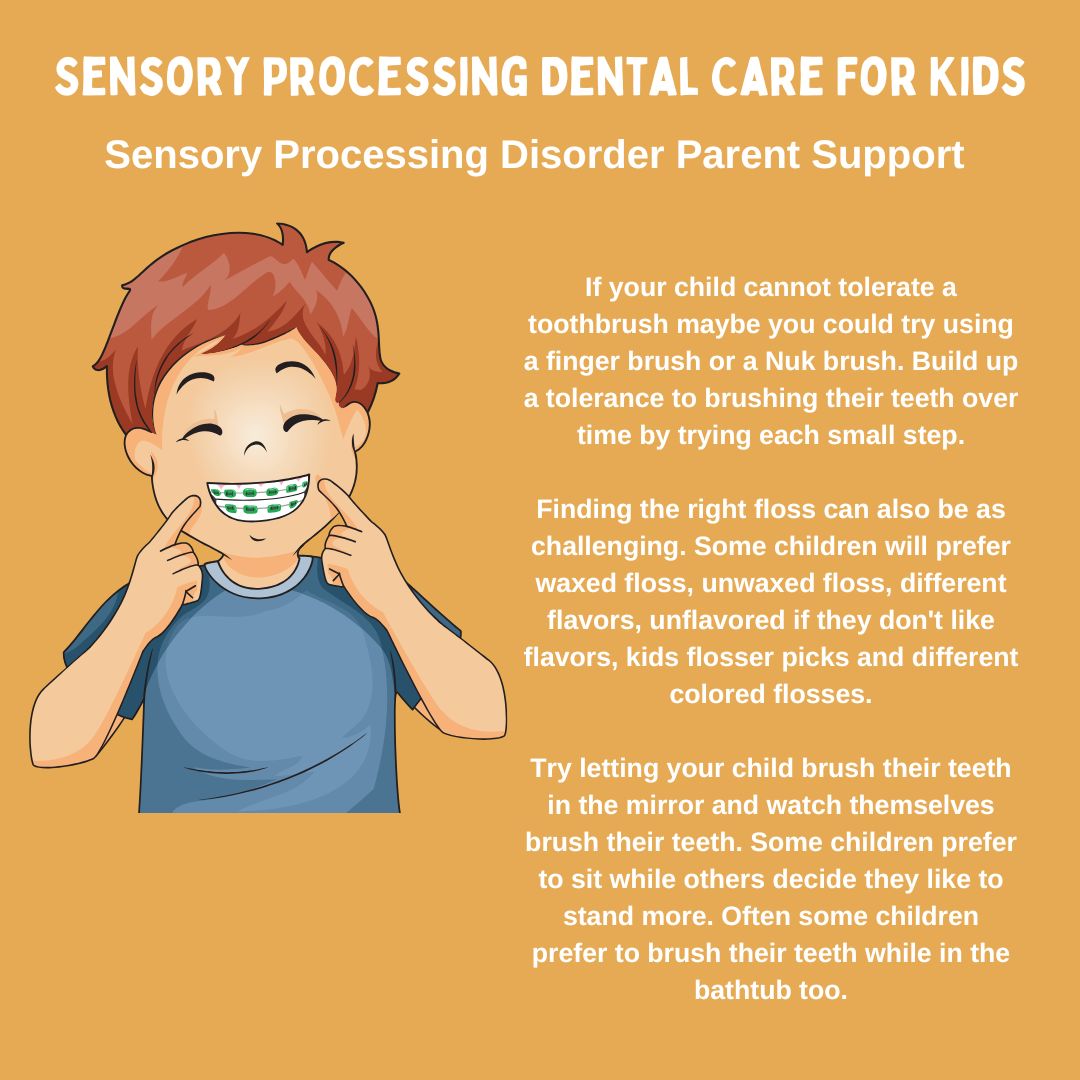
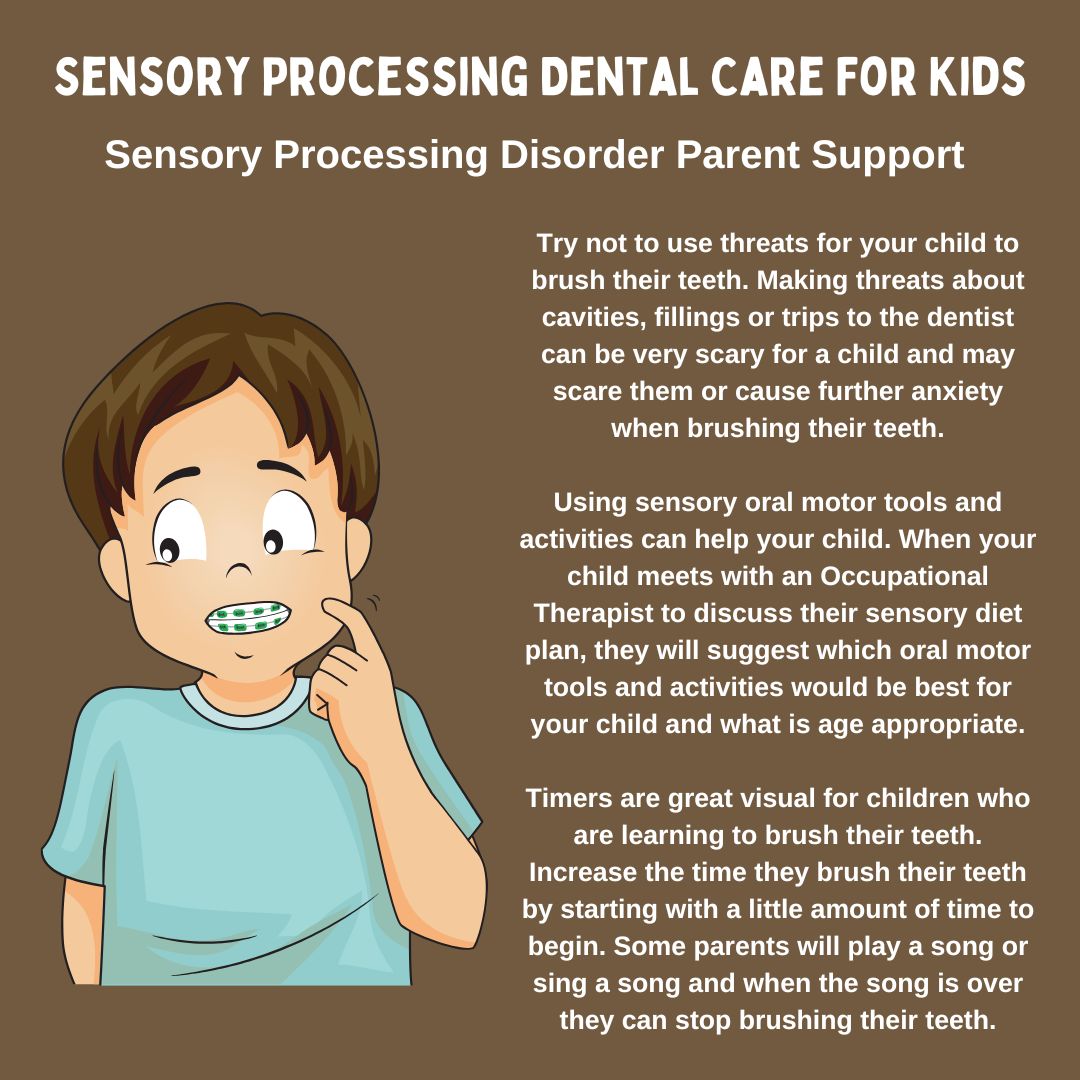
Resources For Parents
DISCLAIMER: I have learned a lot over the years but I am still learning. Always do your own research and exercise sound judgment. I am not an occupational therapist or a physician. I am an adult who has sensory processing disorder, a sensory parent and a Grandma. The information on this website is not medical advice and does not replace the information that your child's therapists or medical professionals give you. These are just ideas that I have learned myself over the years of being a parent and an adult living with SPD. If you are concerned for your child, please always seek medical attention through a family doctor, pediatrician or therapist. This website is for awareness purposes only. Each child is different and what works for one child may not for another because all children have different sensory needs. Please always consult with a medical professional. C lick on links throughout each page for more resources and information. Click here for more resources https://sensoryprocessingdisorderparentsupport.com/sensoryprocessingdisorderresources
Amazon offers a small commission on products sold through their affiliate links on my website. Each of your purchases through links on my website for Amazon affiliation links or sponsored links support me but no additional cost to you so thank you. I appreciate it so much! I am not responsible should you purchase anything from any links on this website.
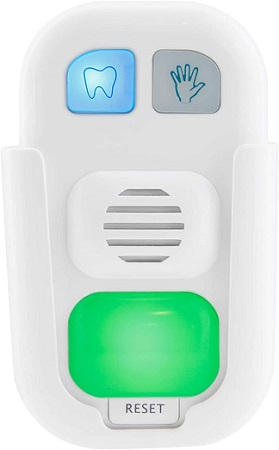
Amazon
Kids Musical Timer for Teeth Brushing
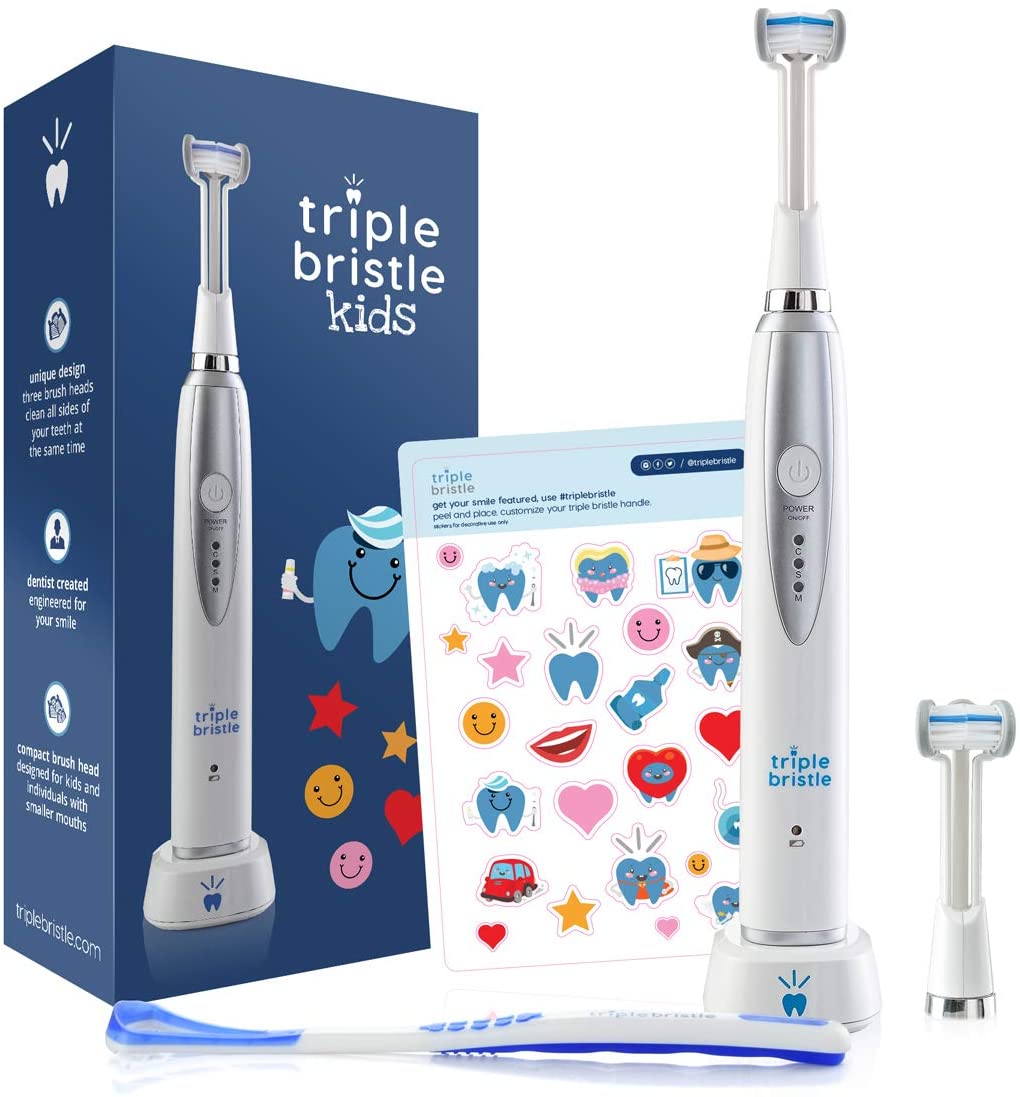
Amazon
Triple Bristle Best Kids Sonic Toothbrush
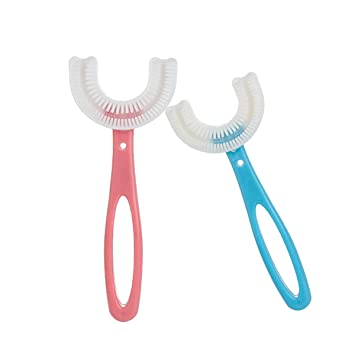
Amazon
2 PCS U-Shaped Kids Soft Toothbrush
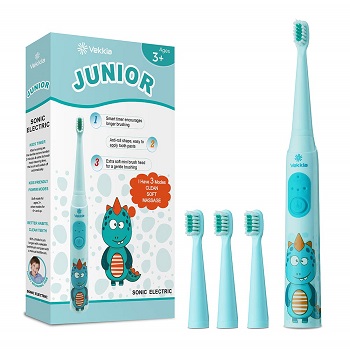
Amazon
Dragon Sonic Kids Electric Toothbrush
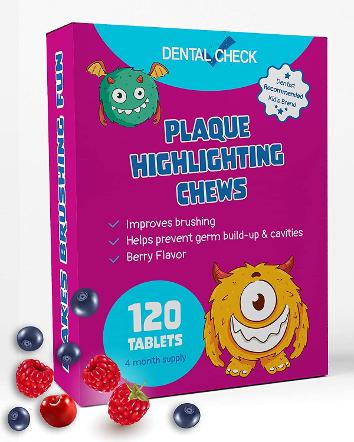
Amazon
Plaque Disclosing Color Dental Tablets
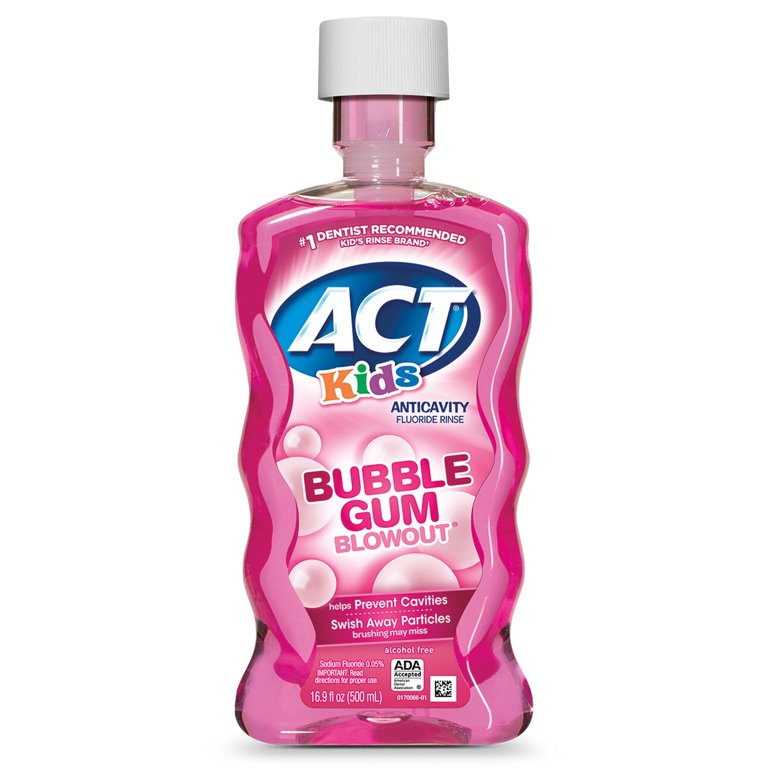
Amazon
ACT Kids Anticavity Fluoride Bubble Gum
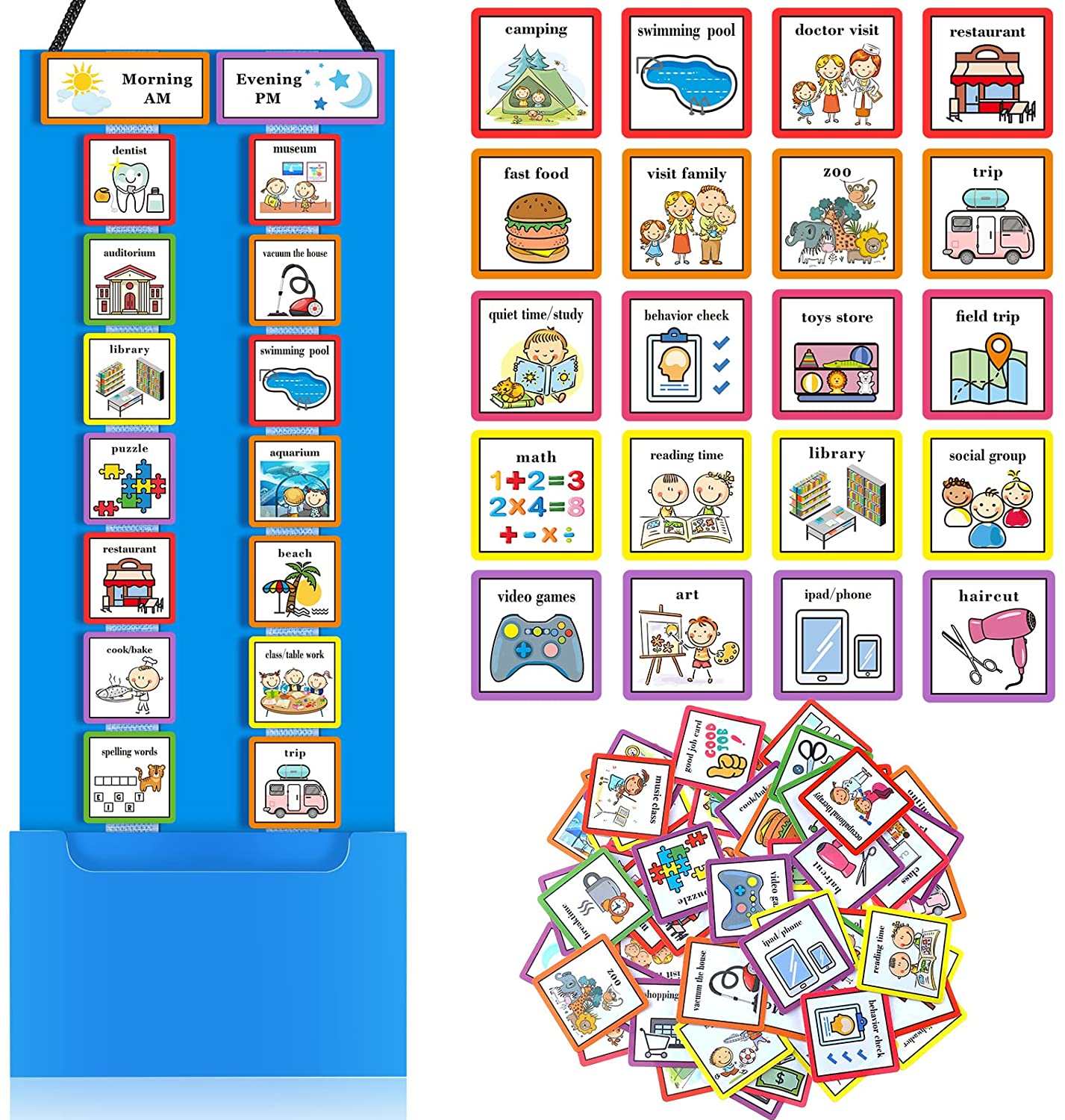
Amazon
Visual Schedule Kids Routine Daily Chart
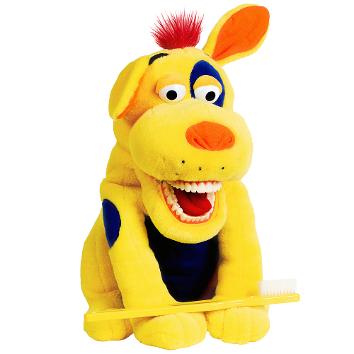
Amazon
Kids Tooth Brushing Buddy Lil Ollie Mutt
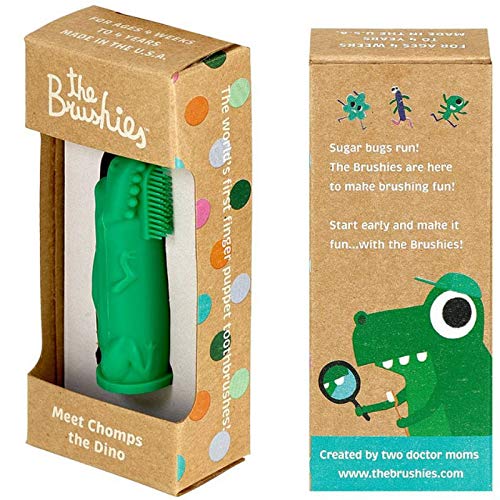
Amazon
The Brushies Dino Toddler Toothbrush
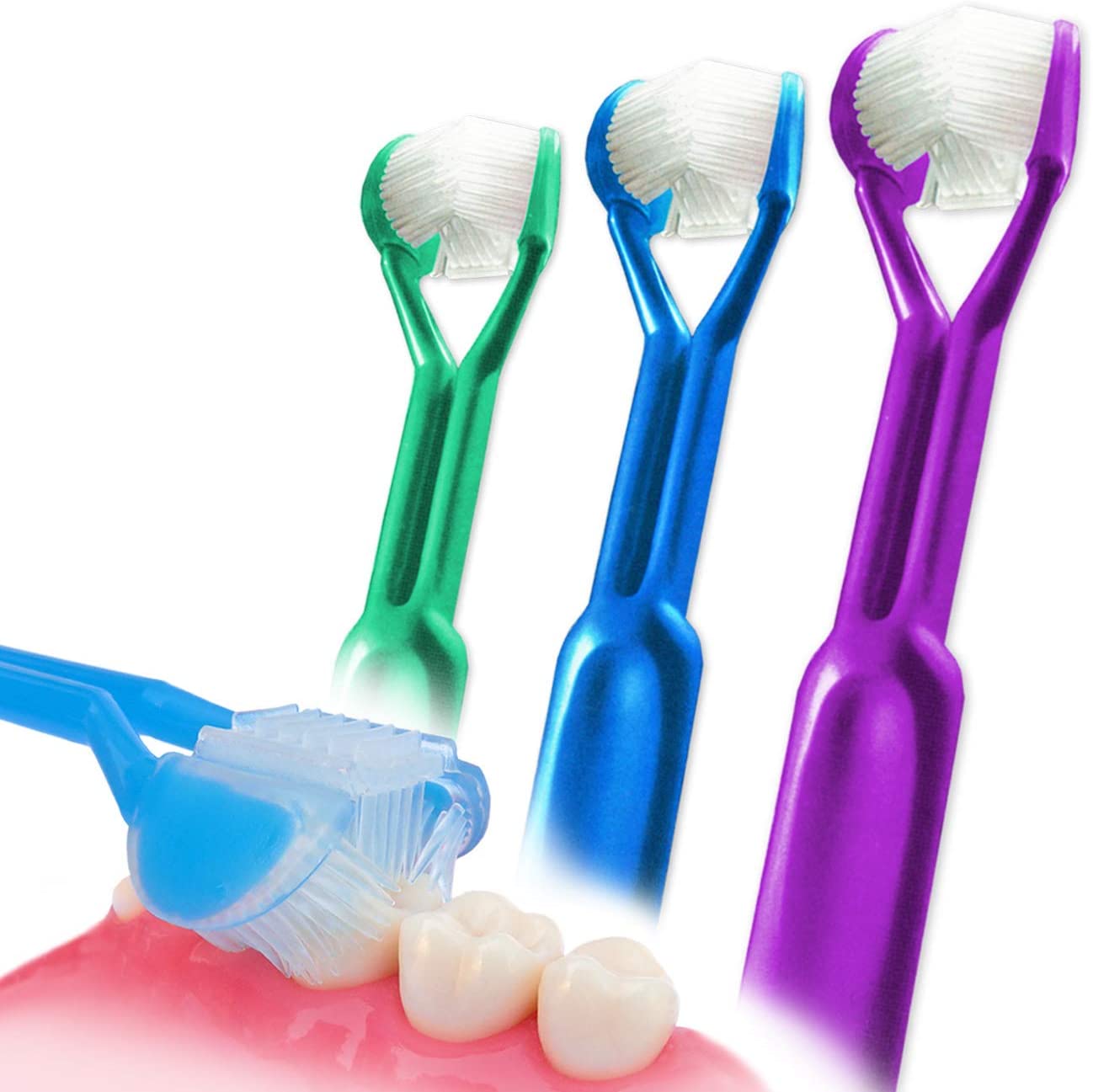
Amazon
3-PK DenTrust 3-Sided Toothbrush
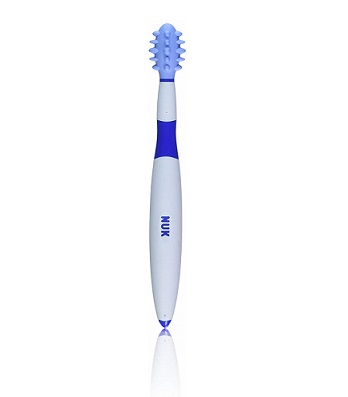
Amazon
Nuk Brush Oral Stimulation Desensitization
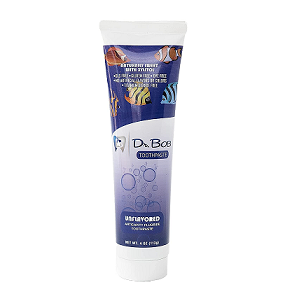
Amazon
Dr. Bob Unflavored Toothpaste Natural
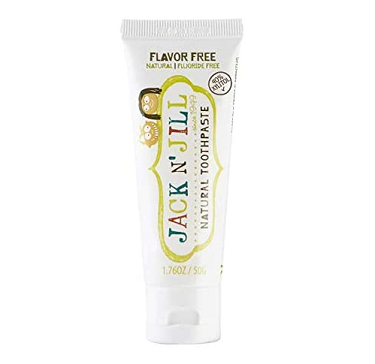
Amazon
Jack N' Jill Flavor Free Kids Toothpaste
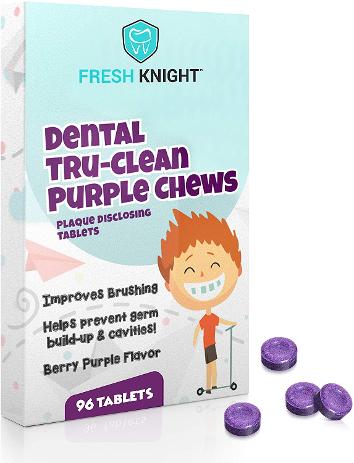
Amazon
Fresh Knight Plaque disclosing tablets
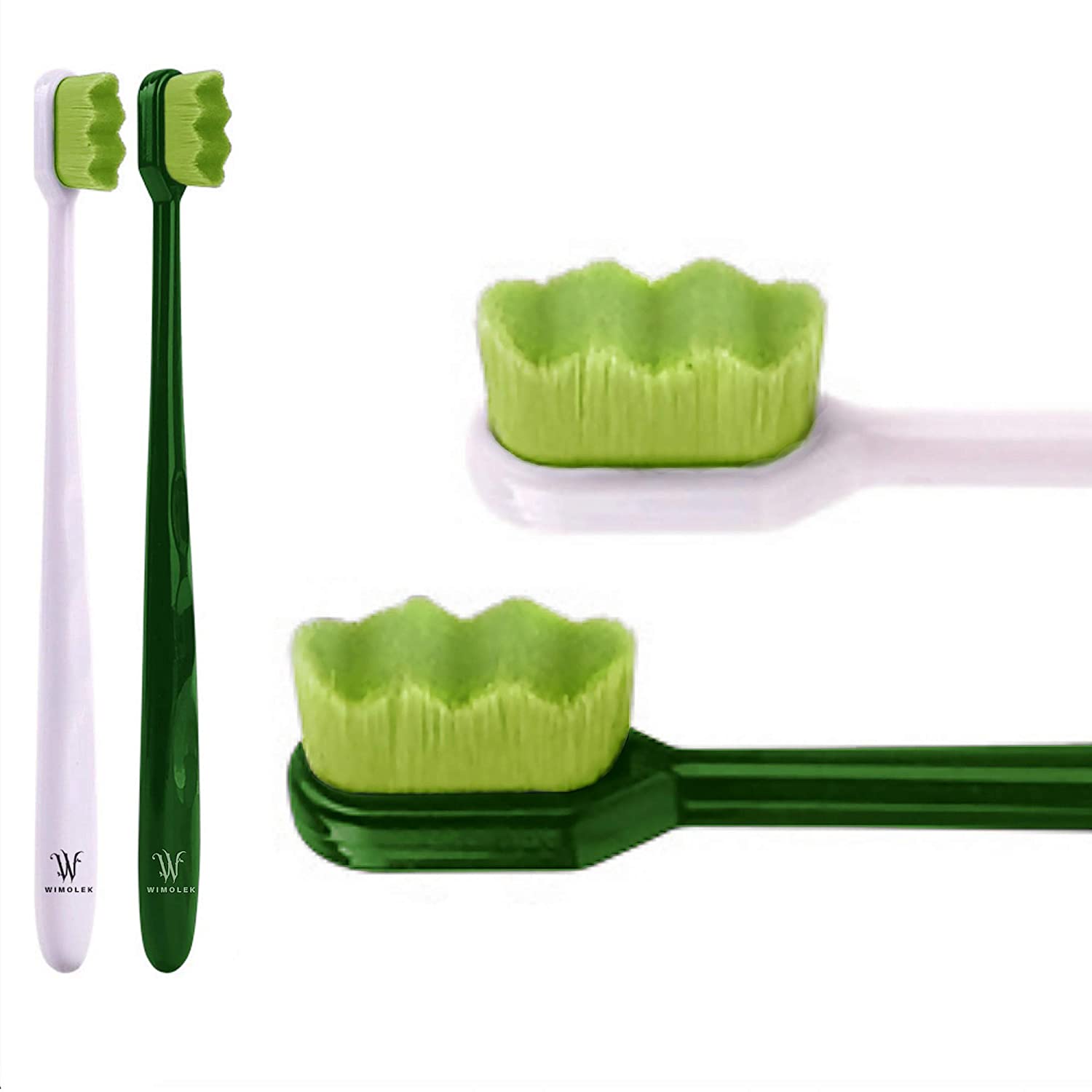
Amazon
Extra Soft Toothbrush for Sensitive Gums
